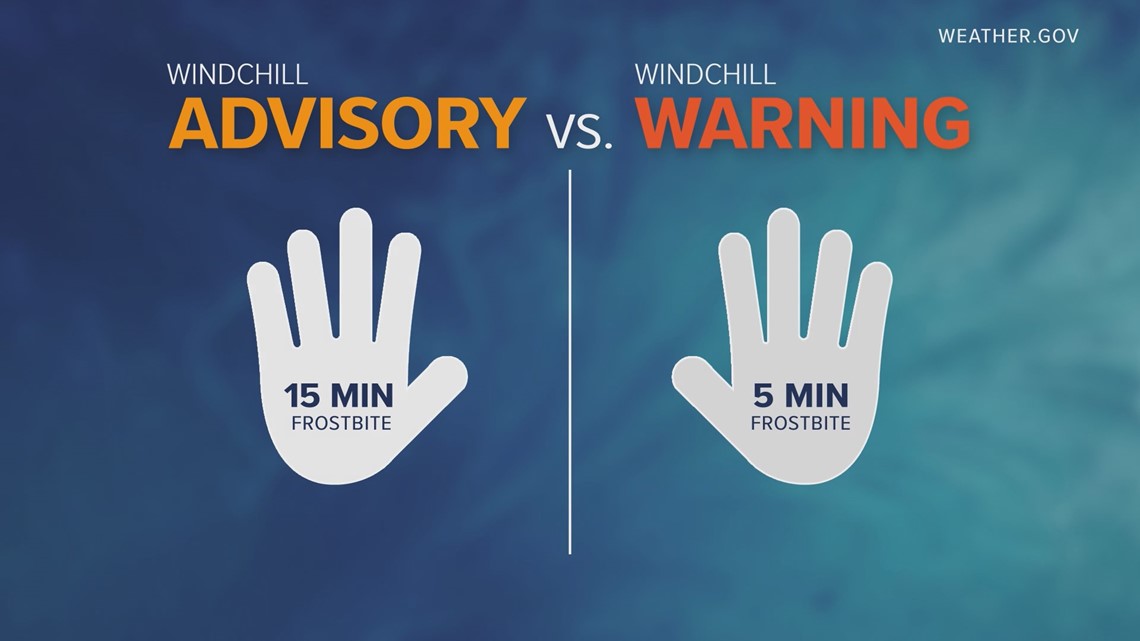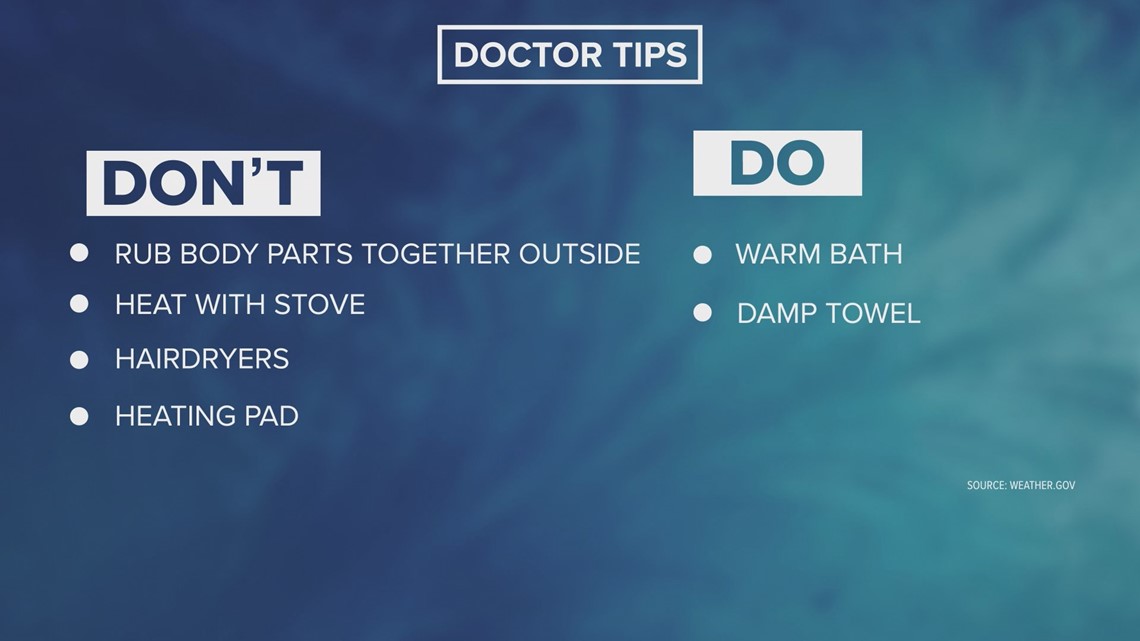LOUISVILLE, Ky. — When the temperatures get cold—like, below zero cold—moms and dads bundle and smother their kids into A Christmas Story stunt doubles. And, annoyed as their kids may be as they waddle to school, parents are totally justified for worrying about their bare skin when the air is this frigid.
Because #frostbite.
See, when the air is super cold, the blood vessels near the surface of your skin physically contract, reducing blood flow to the surrounding areas. Your hands, fingers, feet, toes, and face are particularly prone. Less blood flow to these areas means less oxygen. Less oxygen means they start feeling tingly, lose sensation, and change color.
RELATED: Bundle Up: Nurse warns of dangers if children aren't dressed appropriately during extreme cold
Oh, and your skin literally starts to freeze. Like, we’re talking ice crystals in your skin, freeze.


You only need to be outside for a few minutes for frostbite to kick in, and once it does it can lead to permanent skin damage. You may even have to get affected areas surgically removed in some extreme cases.
So, let’s avoid that, shall we? Here are some tips from doctors.
- First tip, of course, is to avoid going outside altogether if you’re can. If you must, bundle up, cover exposed skin, and pay attention to the way your body feels.
- Even if it’s tempting, don’t rub your hands or feet together while outside. Also, don’t use heat from a stove, heating pads, or hairdryers to warm them up. These can actually cause further damage to your skin.
- DO use a warm bath and damp towels to warm up your skin (but, don’t make the water too hot, or you’ll end up with the same problem as above)
- Ditch metal watches and jewelry. Metal + cold + skin = Baaaaad combo


And, if you see frostbite form, go see a doctor. We caught up with Dr. Natalie Mory, an emergency medicine doctor for Norton Brownsboro Hospital to ask her about her frostbite visits.
“If you notice any significant pain to the extremity—any numbness or pain, any color change to the skin—those are reasons to come in and see a doctor,” Dr. Mory said.
“By definition, frostbite is due to freezing of the tissue. If you work on rewarming it either with a blanket or immersing in hot water and the symptoms resolve, then that’s ok; but the numbness, the pain, the tingling, the color change, you should seek medical care.”
Want to know "WHAS up" with something? Rob Harris is your guy. He's talking to some of the smartest people in our community to find out more about science, history, urban legends, local quirks, and more.
Have a question or topic you want him to check out? Send him a tweet or a Facebook post.

